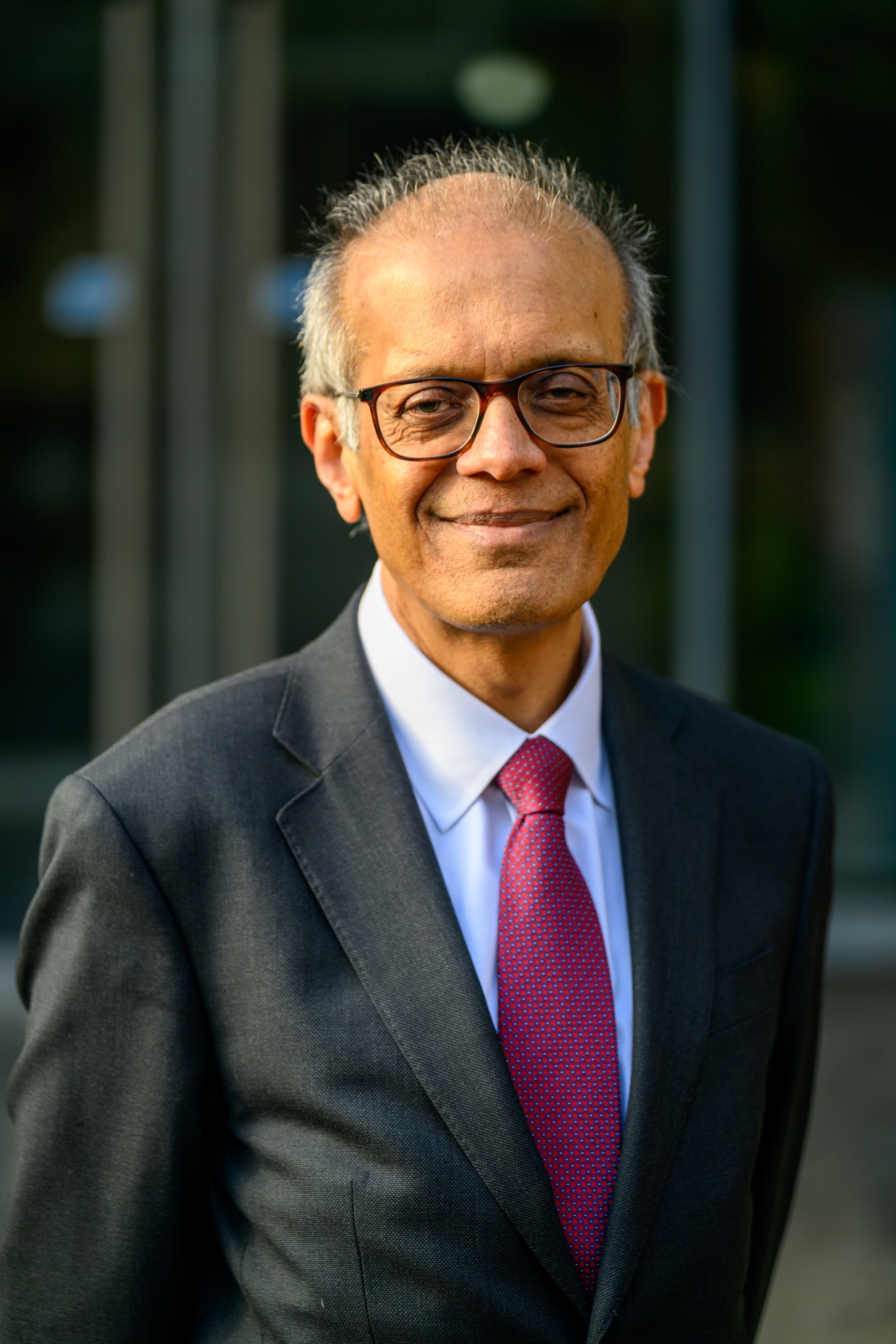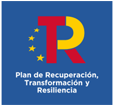Profesor Ajay Shah: "It’s not that cancer researchers are smarter, it’s just that they’ve had some important advantages"
Professor Ajay Shah is the Executive Dean of the Faculty of Life Sciences & Medicine at King’s College London and the British Heart Foundation (BHF) Professor of Cardiology. He also holds the title of James Black Professor of Medicine, is Director of the King's BHF Centre of Research Excellence, and an Honorary Consultant Cardiologist at King’s College Hospital.
He trained in medicine and cardiology at the University of Wales, completed doctoral research in Wales and Belgium, and was a postdoctoral scientist at the National Institutes of Health (NIH) in the USA in the early 1990s. In 1998, he was appointed to the Chair of Cardiology at King's College. His main research focuses on the pathophysiology of heart failure in both experimental models and patients. He is renowned for pioneering work on NADPH oxidase (NOX) proteins and redox signaling in the cardiovascular system. He has a long-standing interest in nitric oxide (NO) signaling in the heart, including recent studies on neuronal NO synthase (nNOS) in humans. Professor Shah has published approximately 495 peer-reviewed papers and holds an h-index of 113. He is a Fellow of the UK Academy of Medical Sciences, the International Society for Heart Research, the European Society of Cardiology, and the American Heart Association. He serves as Consulting Editor for Cardiovascular Research, and is on the Editorial Boards of Circulation and the EEuropean Heart Journal.
- What are the current challenges in treating heart failure?
There are two major challenges. The first is that we don't currently have any treatments that can cure heart failure. Existing therapies can slow the progression of the disease or help control symptoms, but they don’t cure it. One reason might be that most treatments don’t primarily target the heart itself. They work on the circulation of other parts of the body and only indirectly affect the heart. We still lack therapies that act primarily within the heart.
The second challenge is that our approach to treating heart failure is not very personalized. In English, we say it’s a “one-size-fits-all” model—we follow a set protocol and apply it to everyone. But if you look at cancer treatment, for example, it's much more individualized. Doctors carefully study the characteristics of the tumor and the patient to choose a more specific, tailored therapy.
- So, personalized medicine is still quite limited in heart failure?
Exactly. Personalized medicine in heart failure is still very primitive. That’s one of the biggest gaps—we need better ways to tailor therapy to individual patients.
- Which do you think is easier to achieve: a cure or personalized treatment?
In science and medicine, you always have to try all approaches. Neither is easy. We definitely need continued research to discover new treatments, especially ones that directly target the heart. That kind of research takes time.
Personalization, on the other hand, might progress more quickly. Advances in AI, machine learning, and data analysis are making it easier to understand individual patient differences. With technologies like big data analytics, we can more efficiently identify patient subtypes and potentially match them with the right treatments.
But it’s important to note even with personalization, we’re still using existing therapies—and I doubt those will be enough, even if we apply them perfectly. So, we need both new treatments and more personalized application.
- Are there any promising therapies on the horizon that might directly target the heart?
There are several promising directions, but it depends on the cause of heart failure. Heart failure isn't a single disease, it's a syndrome that can result from many different underlying problems.
For example, if someone develops heart failure due to a heart attack, the issue is the loss of heart muscle. One exciting area of research is cardiac regeneration—trying to regrow or repair heart muscle. Here at our own institution, our teams are working on advanced therapies, including genetic approaches to stimulate the heart to regenerate muscle. This could become a viable treatment in the future for those patients.
Then there's another large group, people with what's called heart failure with preserved ejection fraction (HFpEF). These patients have heart failure even though their heart’s pumping strength is relatively normal. It's becoming increasingly common, especially as the population ages. For HFpEF, we currently have very few effective treatments.
In my lab, for instance, we're researching how the heart uses energy -its metabolism- and how we might intervene there. That might be a promising area for new therapies.
- What causes this second type of heart failure to be increasing so much?
Several factors are contributing, especially aging. The global population is getting older, and aging is one of the biggest risk factors for HFpEF. It’s not just the chronological age either, it’s about the biological age, which can vary a lot between people.
Other major contributors include obesity, high blood pressure, and diabetes. These conditions are all on the rise, especially in developed countries. Obesity, for example, is almost a pandemic in itself. And while we now have some effective obesity treatments, it's only one piece of the puzzle, many people with HFpEF are not obese.
So, this type of heart failure really needs more research. It’s where we have the most to gain.
- We’re likely heading toward a kind of heart failure “pandemic”?
In some ways, we’re already there. These risk factors -aging, obesity, hypertension, diabetes- are widespread. But it's important to remember they increase risk; they don’t guarantee someone will develop heart failure.
What we need to understand better is why some people with these risk factors go on to develop heart failure while others don’t. What mechanisms are there at play? And how can we prevent or treat it effectively? That’s where a lot of research needs to focus.
- It feels like cancer research is advancing faster than cardiovascular research, especially in terms of personalized medicine, gene therapy, and immunotherapy. Is that because more research effort is going into cancer?
It’s a really interesting observation, and I think you’re partly right. One key difference is that cancer is more accessible from a diagnostic perspective. When someone is diagnosed with cancer, the first step is often a biopsy; you can analyze the tumor tissue in great detail. In blood cancers, it’s even easier.
With heart failure, it’s much more difficult to get tissue from the heart. We do sometimes take biopsies, but it’s invasive and not feasible for most patients. That makes detailed characterization of the disease much harder.
But now, with advances in imaging like MRI and PET, and with modern blood-based diagnostics, we can start to gather more information without needing heart tissue. Genetic data, too, is becoming easier and cheaper to collect and analyze. So, I think we’re at a turning point where cardiovascular research could begin catching up.
- So, do you think the gap between cancer and cardiovascular research can be closed?
I do. It’s not that cancer researchers are smarter, it’s just that they’ve had some important advantages: easier access to tissue, a clearer staging system, maybe more funding. But as we gain more tools and computational power, I believe we can make huge strides in cardiovascular research too.
- And what about research centers like CNIC or the British Heart Foundation? What role do they play?
They’re absolutely critical. These kinds of centers bring together experts from multiple disciplines -genetics, proteomics, imaging, clinical medicine, data science, AI-. That kind of interdisciplinary environment is essential if we want to tackle big questions like curing heart failure or truly personalizing care.
It’s almost impossible for small, isolated teams to do this kind of work now. Even large centers need to collaborate with other institutions globally to make real progress. But places like this provide the foundation—the critical mass of people and skills—to push things forward in a meaningful way.











